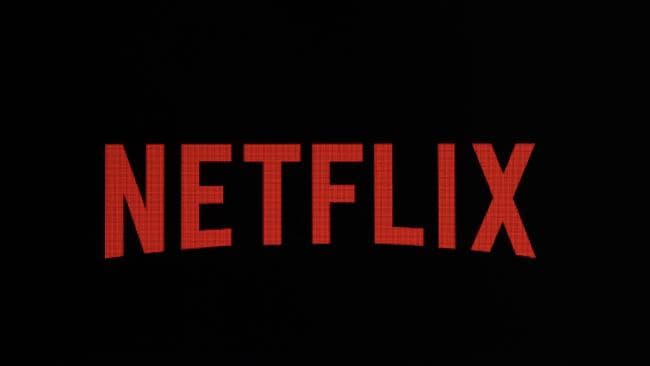
This article is more than
8 year old
FOR a long time, Netflix has been a runaway train — but it just discovered the brakes.
Netflix has quickly become the king of the subscription video on demand (SVOD) market and investor hype has pushed the company’s value to stratospheric levels in recent months.
However its latest figures show the company is adding subscribers at a slower pace than envisioned, renewing concerns that its growth may sputter as it tries to fend off an increasing number of competitors.
The numbers released overnight mark a rare let-down for a company that has enthralled investors with its ability to consistently top expectations. But Netflix missed its target badly in the April-June period causing its stock to drop off a cliff, diving 14 per cent in after-hours trading.
The only Netflix $NFLX chart you need to see. That just happened after earnings. ?https://t.co/FxdyKqg9jJ pic.twitter.com/OtaabbRvAy
— StockTwits (@StockTwits) July 16, 2018
Netflix added 5.1 million subscribers during the period, close to a million fewer signups than it had projected. Less user growth than expected means it also failed to meet its own estimates for revenue and earnings per share.
As of June 30, Netflix had 130 million subscribers worldwide, nearly half of which are in the US.
Some analysts blamed the poor results on the lack of big hits the company has produced lately with its original content.
“One reason for the shortfall may have been a lack of content. Netflix released a thin slate of shows in the quarter, relative to its typical output,” Bloomberg wrote.
“It didn’t add new seasons of its biggest hits, such as Stranger Things, nor did a new show become a phenomenon.”
Indeed one of Netflix’s recent flagship movies, Bright, featuring Will Smith which reportedly cost $90 million, was panned by critics and ultimately deemed a flop.
Another theory suggests Netflix could have been hampered by the global interest in the World Cup during the past six weeks.
In a research note, analyst Daniel Ives from global market research firm GBH Insights, called the second-quarter showing “a near-term gut punch” to Netflix.

Bringing in more subscribers and money is vital for Netflix because it expects to keep spending more on exclusive TV shows and movies to try to stand out from rivals — who are building up their own war chests. The company will spend as much as $10.8 billion on programming this year.
In the US, there are plenty of companies gunning to challenge Netflix’s superiority. The company is already battling challenges from Amazon, Google’s YouTube and Hulu in the video streaming market, and it is likely to face even stiffer competition after US telecom giant AT&T bought Time Warner for $US85 billion ($A115 billion) in a deal that includes HBO which has its own pay TV and video streaming service. And Walt Disney is hoping to close on a $US71 billion ($A96 billion) deal to buy prized entertainment franchises from 21st Century Fox to feed into a video streaming service Disney will debut next year.
Meanwhile, Apple — the world’s most valuable company — is spending about $1.4 billion on original programming for a video service of its own.
— With AP